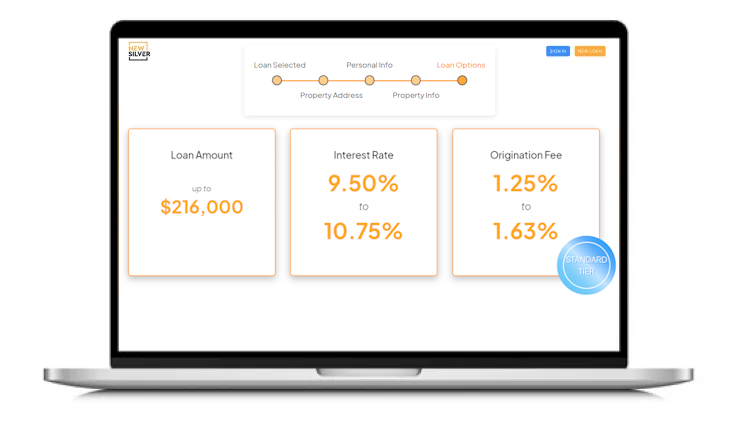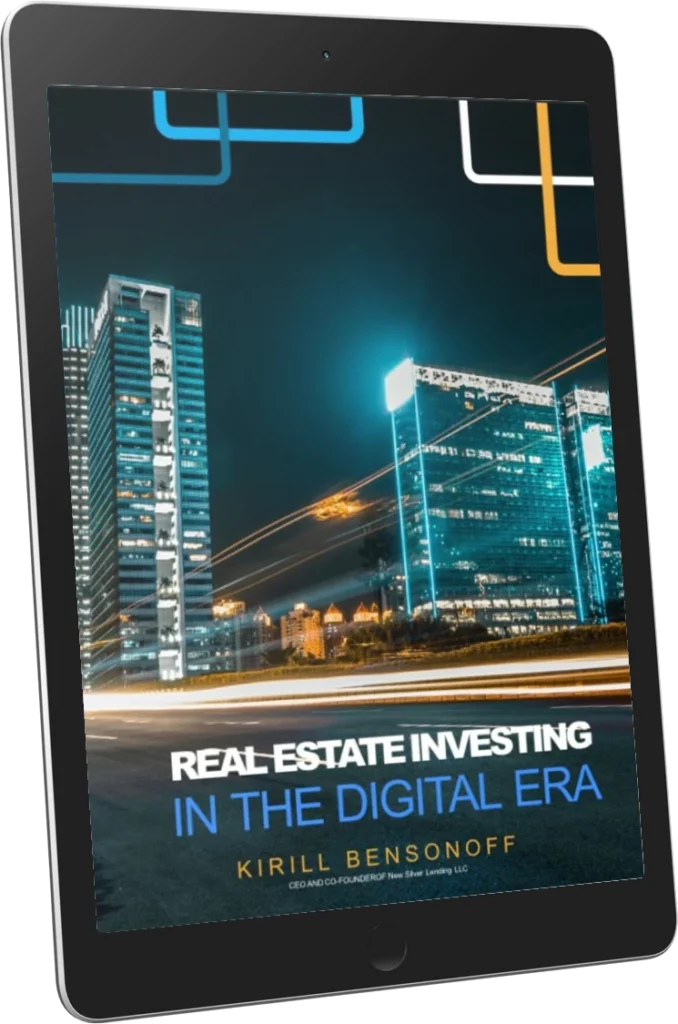Ready to build a rental property portfolio in 2025—without using your own money? In this video, real estate investor Sam shares a clear, proven game plan for buying five cash-flowing properties next year, even if you’re just getting started. He breaks down how to find off-market deals in today’s tight housing market, the best short- and long-term funding options (like private lenders and DSCR loans), and how to build a trusted team of professionals to support your growth. From using AI tools to uncover hidden opportunities to executing the BRRRR method step-by-step, this video is packed with practical advice designed to help you take action and achieve real financial freedom through real estate.
4 Key Steps For Building Your Rental Property Portfolio in 2025
Step 1: How to Source Deals in a Low-Inventory Market
One of the biggest challenges investors face in 2025 is finding quality rental properties in a market with historically low inventory. With fewer homes being sold and increased buyer competition, the key is targeting distressed, off-market properties that can be acquired below market value to maximize returns.
Here are three proven ways to find those deals:
- Wholesalers: These professionals specialize in sourcing discounted properties and assigning them to investors. Connect with wholesalers through Facebook groups, real estate meetups, or even the small “We Buy Houses” signs around your city.
- Investor-Friendly Real Estate Agents: Build relationships with agents who understand the investing landscape. They often come across fixer-uppers, estate sales, or motivated sellers before these properties hit the open market.
- AI-Powered Lead Tools: Online platforms allow you to generate qualified off-market leads by clicking a few buttons. These tools use predictive analytics to identify motivated sellers—saving you time and increasing your efficiency.
Step 2: Choose the Right Financing Strategy
Financing is the engine that powers your portfolio. The best part? You don’t need to use your own money. Instead, you can leverage Other People’s Money (OPM) through both short- and long-term financing solutions.
Before choosing a financing path, assess your investment goals, timeline, and exit strategy.
Short-Term Financing (for acquisitions and rehabs):
- Hard Money Lenders: These institutions lend based on the deal, not just your financials. While rates are typically higher (12–15%), they’re fast and flexible—perfect for quick-turn projects.
- Private Money Lenders: Often friends, colleagues, or acquaintances with capital. These lenders can fund up to 100% of your purchase and rehab—but they must be people you personally know and trust.
Long-Term Financing (for rental hold and cash flow):
- Local Community Banks: Smaller banks with more flexibility on underwriting. They often hold loans in-house and can customize terms to fit your needs.
- DSCR Lenders (Debt Service Coverage Ratio): These national lenders focus on the property’s cash flow, not your income or credit. Great for scaling, they offer competitive rates and 30-year terms.
Step 3: Build Strategic Relationships That Fuel Growth
Successful real estate investing is a relationship business. The more connected you are to the right people, the faster and more efficiently you can scale your rental portfolio.
Start by immersing yourself in your local and online investing communities:
- Attend Real Estate Investing Meetups and Conferences
- Join REIA Groups (Real Estate Investors Associations)
- Engage on LinkedIn, BiggerPockets, and Reddit forums
- Use platforms like Meetup.com or Eventbrite to find local events
- Reach out directly to vendors and service providers in your market
Make it a goal to establish strong connections with these 10 essential players:
- Wholesalers
- Real estate agents
- Private money lenders
- Hard money lenders
- Community bank lenders
- DSCR lenders
- Title companies
- Real estate attorneys
- Contractors
- Property managers
These professionals will help you source deals, fund acquisitions, manage projects, and ensure smooth closings—making them vital to long-term success.
Step 4: Use the BRRRR Method to Scale Smart
The BRRRR strategy—Buy, Rehab, Rent, Refinance, Repeat—is one of the most powerful wealth-building models in real estate. Instead of buying turnkey rentals, BRRRR investors acquire undervalued, distressed properties, fix them up, rent them out, and refinance to pull their money back out—so they can repeat the cycle again.
Here’s how it works:
- Buy a distressed property using private or hard money
- Rehab it to add value and appeal to renters
- Rent it out at market rates to generate monthly income
- Refinance with a long-term loan (DSCR lender or community bank)
- Repeat the process using the cash-out funds from the refinance
When executed properly, BRRRR allows you to rapidly expand your rental portfolio—without tying up your own capital.
Want to see how your next BRRRR deal could perform? Try our free BRRRR calculator to run the numbers and plan your strategy with confidence.

Pros of the BRRRR Strategy
- Acquire Properties Below Market Value:
By targeting distressed or undervalued homes, investors can purchase at a discount—giving them built-in equity from day one. - Build Long-Term Wealth Through Equity and Cash Flow:
BRRRR investing creates both ongoing rental income and long-term equity growth, making it one of the most effective strategies for wealth accumulation. - Low-Capital Entry to Buy-and-Hold Investing:
When executed correctly, BRRRR allows you to recycle your capital, making it one of the most cost-efficient ways to scale a rental portfolio. - Potential to Reuse Initial Investment:
A smart refinance can return most—or even all—of your upfront costs, freeing up capital to reinvest in your next deal.
Cons of the BRRRR Strategy
- Multiple Loans = Higher Transaction Costs:
Using separate loans for purchase and refinance means you’ll likely pay two sets of closing costs, which can reduce your overall profit margins. - Requires Strong Project Management Skills:
Overseeing renovations, timelines, and contractors demands attention to detail. Poor management can delay refinancing and impact returns. - Must Understand Rent-Driving Renovations:
It’s essential to know which improvements will justify higher rents—over-improving a property can lead to diminishing returns. - Not Easy to Scale Quickly:
While effective, BRRRR deals are time- and energy-intensive. The coordination, capital reserves, and due diligence required can make it challenging to grow a large portfolio quickly without the right systems and team in place.
Looking for a DSCR loan for your BRRRR project? Check out New Silver’s competitive 30-year fixed DSCR loan for stabilized projects.
Who Is Sam Primm?
Sam Primm, a seasoned real estate investor and educator. He is the founder of FasterFreedom, a real estate investing education company, and operates a successful real estate flipping business that handles over 250 properties annually. Sam has built a personal rental portfolio exceeding $50 million, encompassing single-family homes, apartment complexes, self-storage facilities, and even a hotel. Sam is renowned for his expertise in the BRRRR method (Buy, Rehab, Rent, Refinance, Repeat), which he has effectively used to scale his portfolio without utilizing his own capital.




